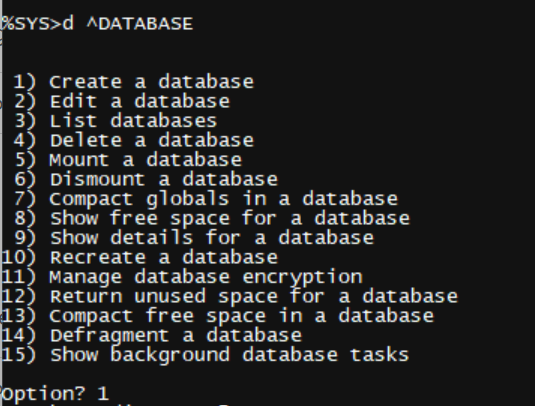Hello Community,
In this article, I will outline and illustrate the process of implementing ObjectScript within embedded Python. This discussion will also reference other articles related to embedded Python, as well as address questions that have been beneficial to my learning journey.
As you may know, the integration of Python features within IRIS has been possible for quite some time. This article will focus on how to seamlessly incorporate ObjectScript with embedded Python.


